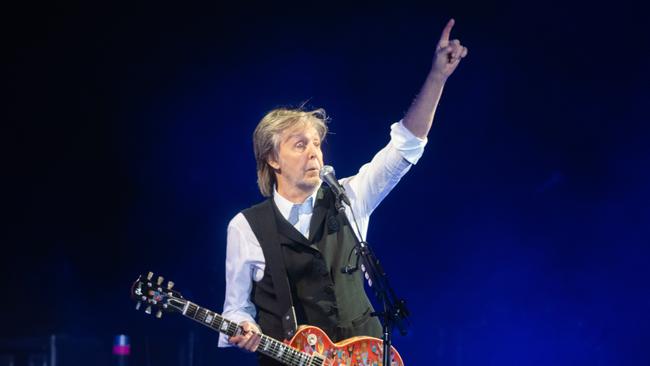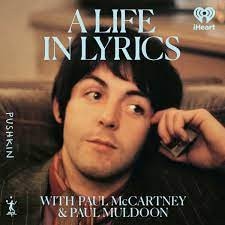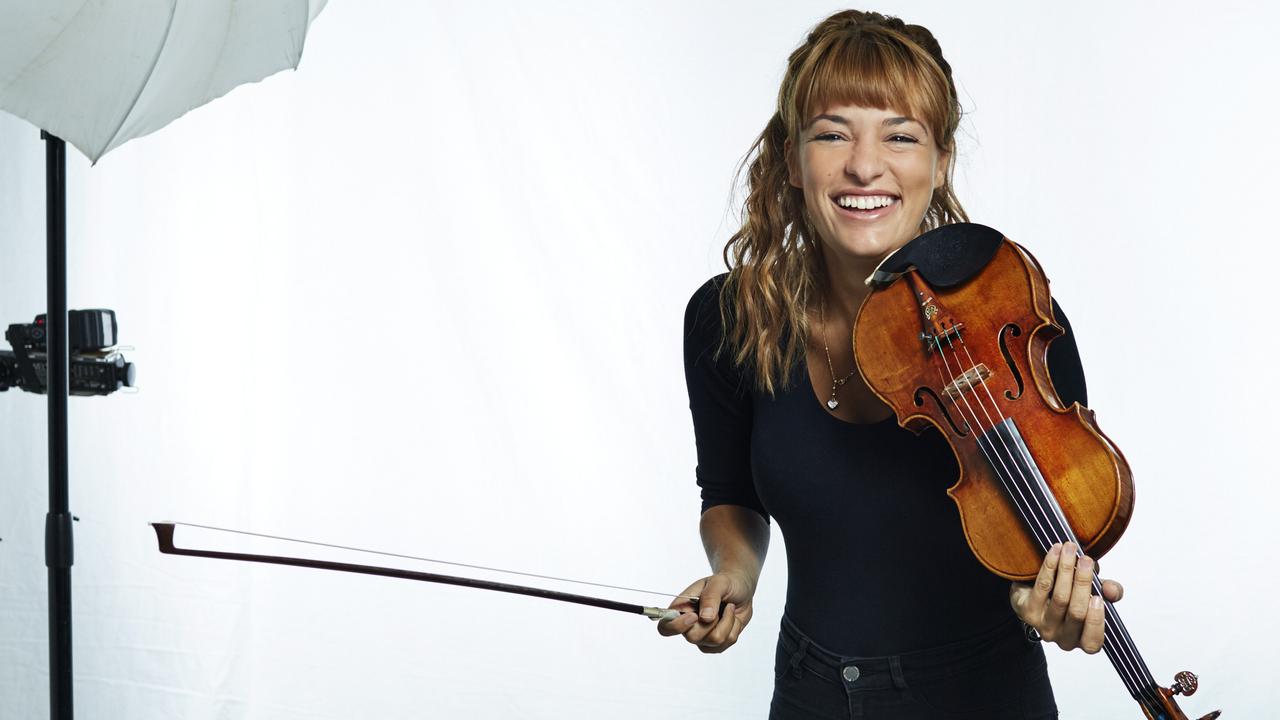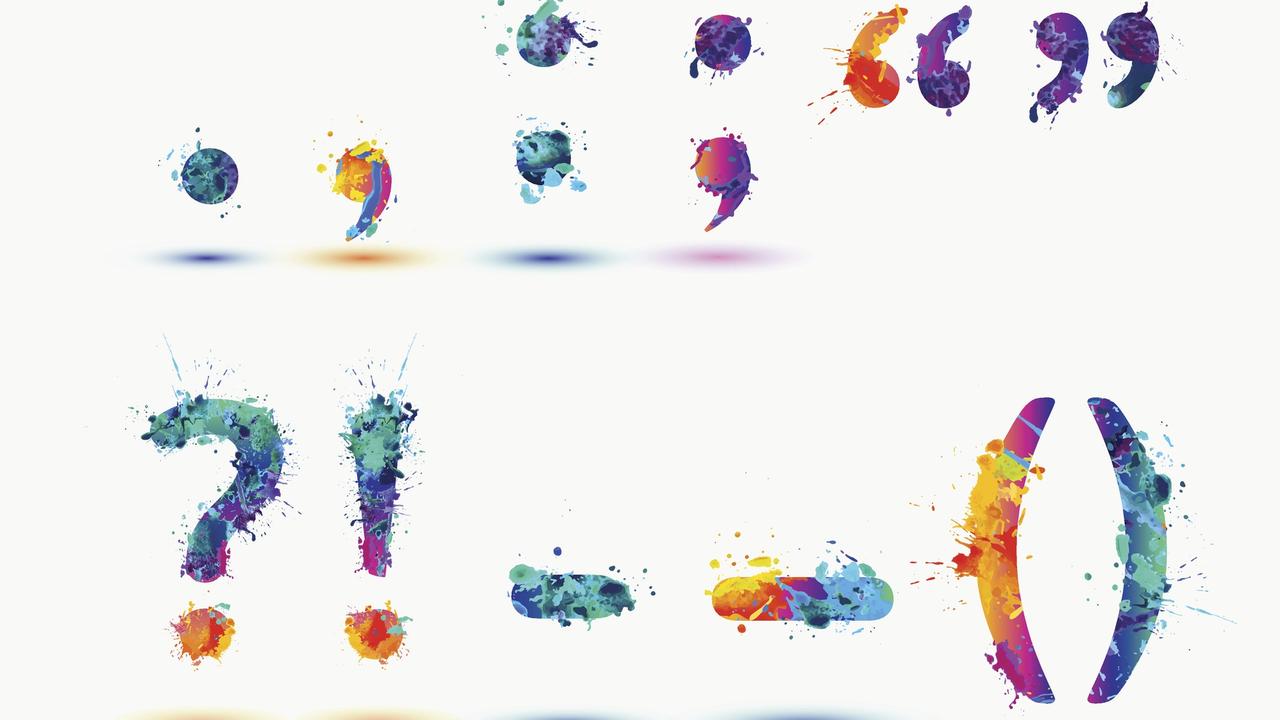The truth behind Eleanor Rigby, according to Paul McCartney
What does Sir Paul really know about a churchyard in Liverpool containing gravestones with the names ‘Eleanor Rigby’ and ‘McKenzie’, the name of the priest in the song?

Paul McCartney is not one for the confessional. Instead, at the beginning of A Life in Lyrics, he tells us what he wants us to know. “Oh my God!” he says in that familiar tone of Liverpudlian good cheer. “I wanted to become a person who wrote songs. I wanted to be someone whose life was in music.” That sets the criteria for a podcast in which McCartney, speaking to the dulcet-toned Irish poet Paul Muldoon, reveals the stories behind his most famous songs. The series is culled from recordings Muldoon made for the 2021 book The Lyrics, McCartney’s memoir through song. So if you have read that weighty two-volume edition, the tales will be familiar, although a few revelations do squeeze their way in. “I wanted to look a bit bookish. I wanted to smoke a pipe on the top deck of a bus,” McCartney admits of his early dreams of being a poet. It makes sense, then, that we begin with one of the Beatles’ most poetic moments: Eleanor Rigby.

Aided by the fact that McCartney is allowed to use Beatles music when almost all other podcasters are not, the appeal is in going deep into material we all know. McCartney explains how Eleanor Rigby, from Revolver, was about all the old ladies he knew in Liverpool, many of whom he met while knocking on doors as a boy scout on bob-a-job week. “So I imagined this lady and I gave her a scenario, picking up rice in the church.” There comes the poignancy. She’s cleaning up after someone else’s wedding, she’s putting on cold cream at night from a jar by the door, inspiring the song’s question: “Who is it for?”
“My mum’s favourite was Nivea,” McCartney says of the inspiration behind the line. “It kind of scared me.” Eleanor Bron starred in Help!, giving McCartney the first name of his character, while Rigby was the name of a shop outside a theatre that Jane Asher, then his girlfriend, was performing in. It has since been pointed out that a churchyard in Woolton in Liverpool contains gravestones with the names “Eleanor Rigby” and “McKenzie”, the name of the priest in the song, but McCartney says he cannot remember seeing them. As Muldoon points out, “We do see things without seeing them.” All of this makes for fascinating material, as does news that McCartney’s father taught him and his brother, Mike, the rudiments of harmony by playing Everly Brothers records, while taking piano lessons “almost killed me”. In fact, it was McCartney’s lack of training that allowed him to write something as original as Eleanor Rigby. It is based around an E minor chord against which the melody and the rhythmical syncopation sits, with George Martin’s arrangement taking its cue from Bernard Herrmann’s stabbing violins for the shower scene in Psycho. McCartney imagined Eleanor Rigby as a movie, the two lonely characters coming together in the church as one buries the other, so the cinematic arrangement adds to the song’s symmetry.
For Beatles nuts this is 18 minutes of pure gold. Muldoon can get a bit lofty, describing McCartney’s songwriting as “a beacon he would steer by”, but he gives the space for McCartney to explain his craft, which he does with enthusiasm. An episode on Back in the USSR is also released soon, while future instalments – one will be released each Wednesday – will explore Let It Be, Penny Lane and even Mull of Kintyre, but to begin the series with the Beatles’ finest pocket melodrama proves a wise move. “I thought this was a cracker,” McCartney says of his initial feelings about Eleanor Rigby. He thought right.



To join the conversation, please log in. Don't have an account? Register
Join the conversation, you are commenting as Logout